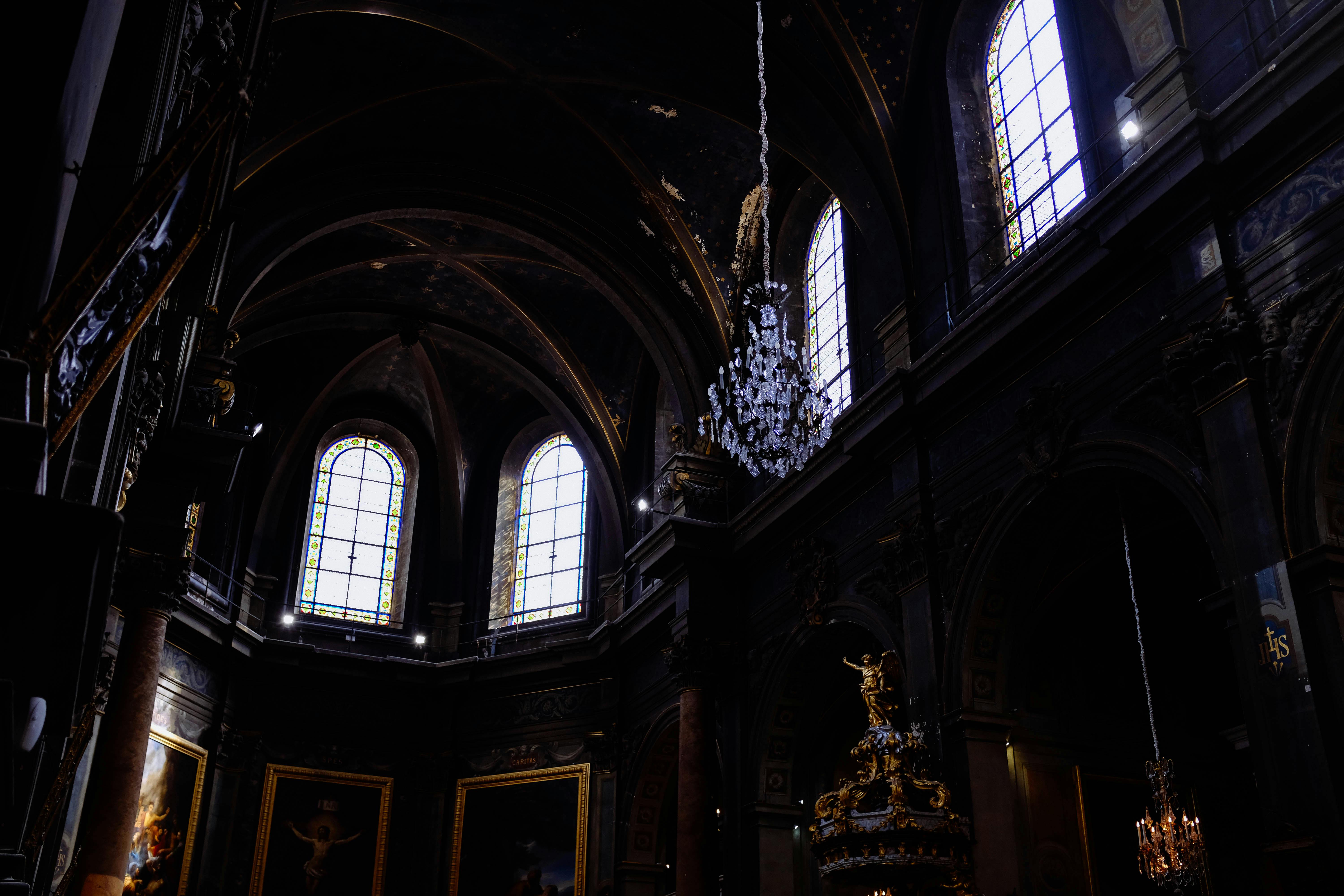
Green architectural design: seven elements to incorporate in a house
What can we as a society do to improve our physical environment and make our homes greener?
Recent residents of the city of Miami do not know what it was like to live here or in the Caribbean in the 1950s or 1960s. My family used to vacation here in the 1960s. We came from Cuba in 1961 and moved north, but we came here once or twice a year on vacation.
In the 1950s or early 1960s, no one had central air conditioning. Most people would have wall or window air conditioning units in their homes. And many houses did not have air conditioning.
So how were the houses designed then? Well, most houses were designed for good cross ventilation. They had jalousie or awning windows. Either of these allowed the entire window to open for the breeze to come in, unlike horizontal sliding or single-sash windows that only open halfway. The ceilings were high and often had ceiling fans. Although most of the houses were uninsulated, between the high ceiling and the cross ventilation the summer heat was bearable. In places like Cuba, where there were always crosswinds from the ocean, summers were even more pleasant.
I remember when I lived in the sorority house at Georgia Tech in Atlanta while going to architecture school, there was no air conditioning in the house. We managed with a whole house exhaust fan on the second floor, and honestly, most of the time, this removed most of the heat in the house, making the sorority house quite habitable, even during hot Atlanta summer days.
Another detail that good architects took into account was the orientation of the house and the protection of the walls and windows. In our southeastern region of the US, the sun is almost never in the north, except for a few days in winter. The sun rises in the east and sets in the west and goes slightly south as it traverses the sky from east to west from sunrise to sunset. This means that the east, west, and south exposures of a house need overhangs. West windows should be avoided as the western sun is the hottest of the day. Also, the sun casts deep shadows. Being next to these windows is very uncomfortable in the afternoon. The east-facing windows are most welcome, as the early morning sun is very pleasant.
How are most houses designed now? They ignore all this.
Air conditioning is the biggest consumer of electricity in any home. The next biggest user is the water heater. If we want to make a real dent in what the typical homeowner uses for electricity, then some things have to change in the home design. In essence, we have to go back to the future.
Return to the future
There are a few simple things we need to change to improve the energy consumption of a typical Miami residence:
- Plan the house as if you weren’t going to run the air conditioner all the time 24 hours a day, 7 days a week. This means making sure the house is oriented correctly with good cross ventilation. Consider designing a house around a patio. Plan high ceilings and large windows. Plan ceiling fans in every living space in the house. So don’t run the air conditioner 24/7. Open the windows and enjoy the natural winter surroundings of Miami.
- Strongly insulate the attic space (R-30 minimum). Heat enters a house mainly through the roof. Only about 3% go through the walls. For Miami, this means that modest wall insulation is good enough (R-6 under the 2007 Florida Building Code (FBC)).
- If possible, place the A / C ducts in an air-conditioned space. This will maximize the efficiency of the air conditioner. The 2007 FBC, which is the code that has been adopted by the City of Miami and is enforced statewide, requires R-6 insulation for ductwork in non-air-conditioned spaces.
- If the home is going to have a tank water heater, make sure the water heater is set on a timer so it won’t run all day. Miami is almost never cold, so the water heater can produce hot water in 15 minutes. It is not necessary to run the water heater all day.
- Make sure the house has overhangs where needed. In the Miami area that means in the South, East and West exposures. Sometimes shading devices such as grilles and screens can also be added.
- Consider placing several trees near the house to provide shade. This is a very effective way to reduce roof exposure to the sun. This, alone, will lower the temperature around and inside the house by several degrees. And, if at the same time, we can use native landscaping for the Miami area that is resistant to drought, then the use of water can also be reduced.
- Lastly, consider placing covered decks, trellises, pergolas, and / or porches around the home for use in the South Florida winter. So while everyone else is freezing up north, you can tell yourself how brilliant you are for choosing Miami as your home!